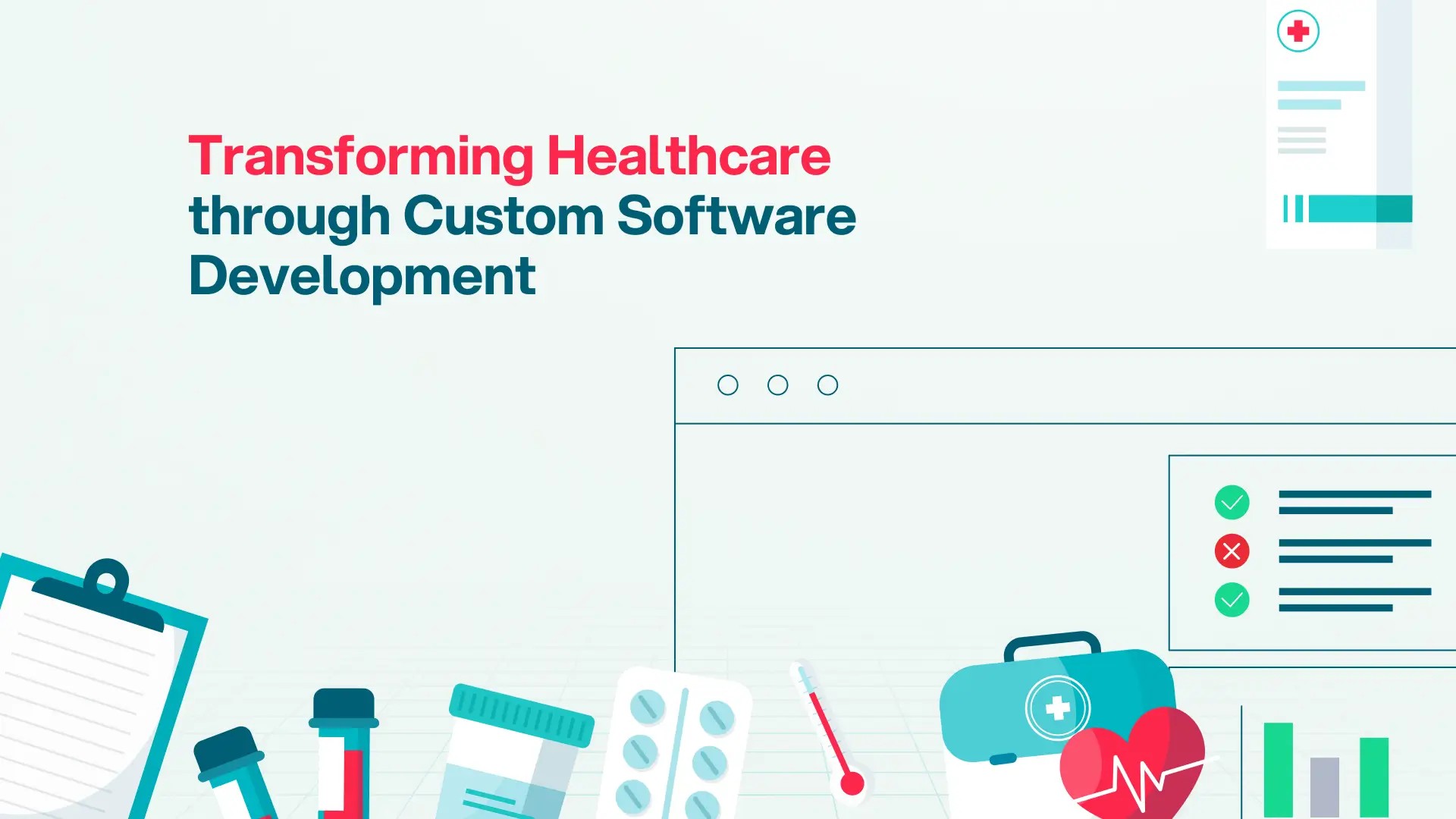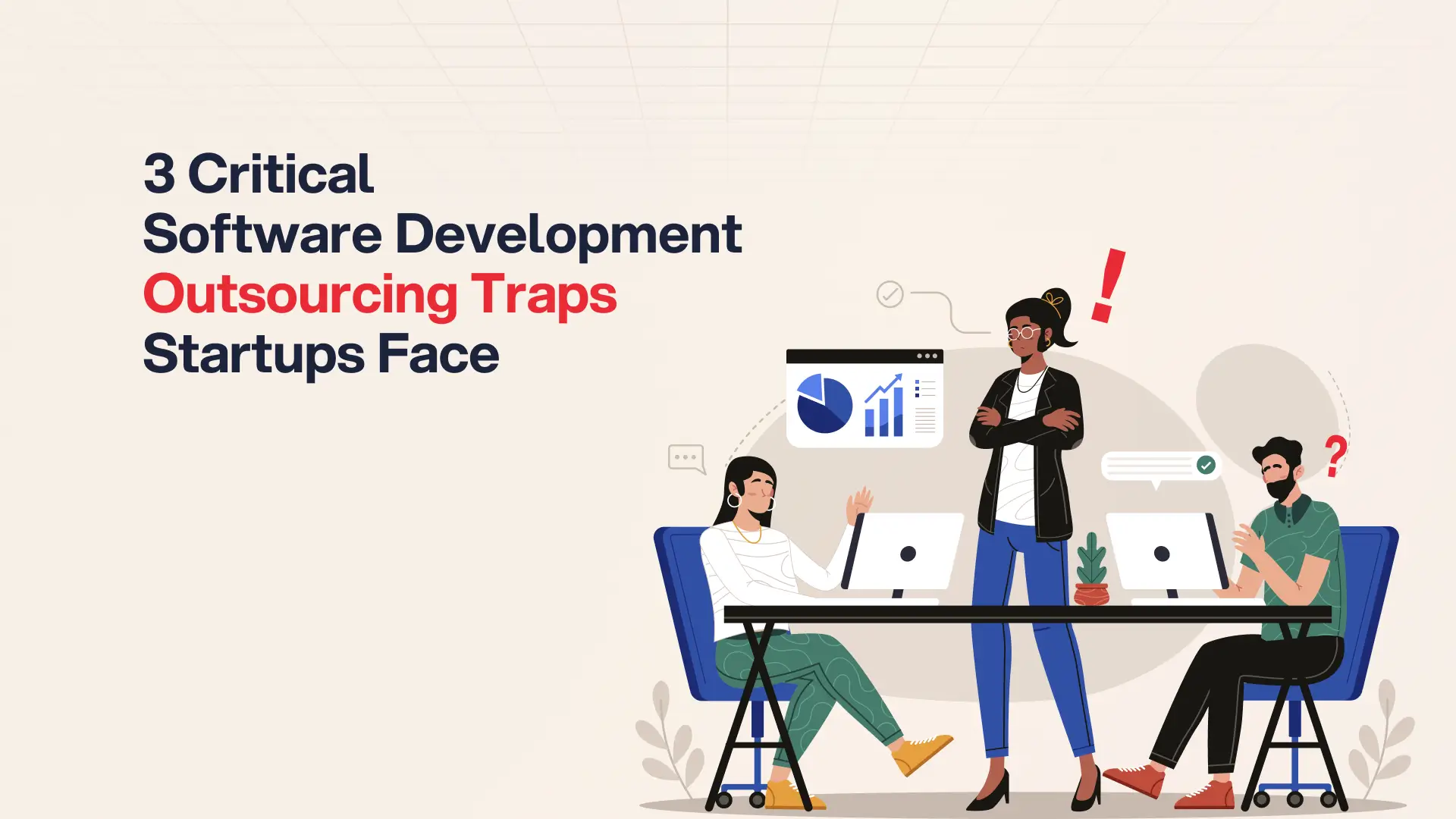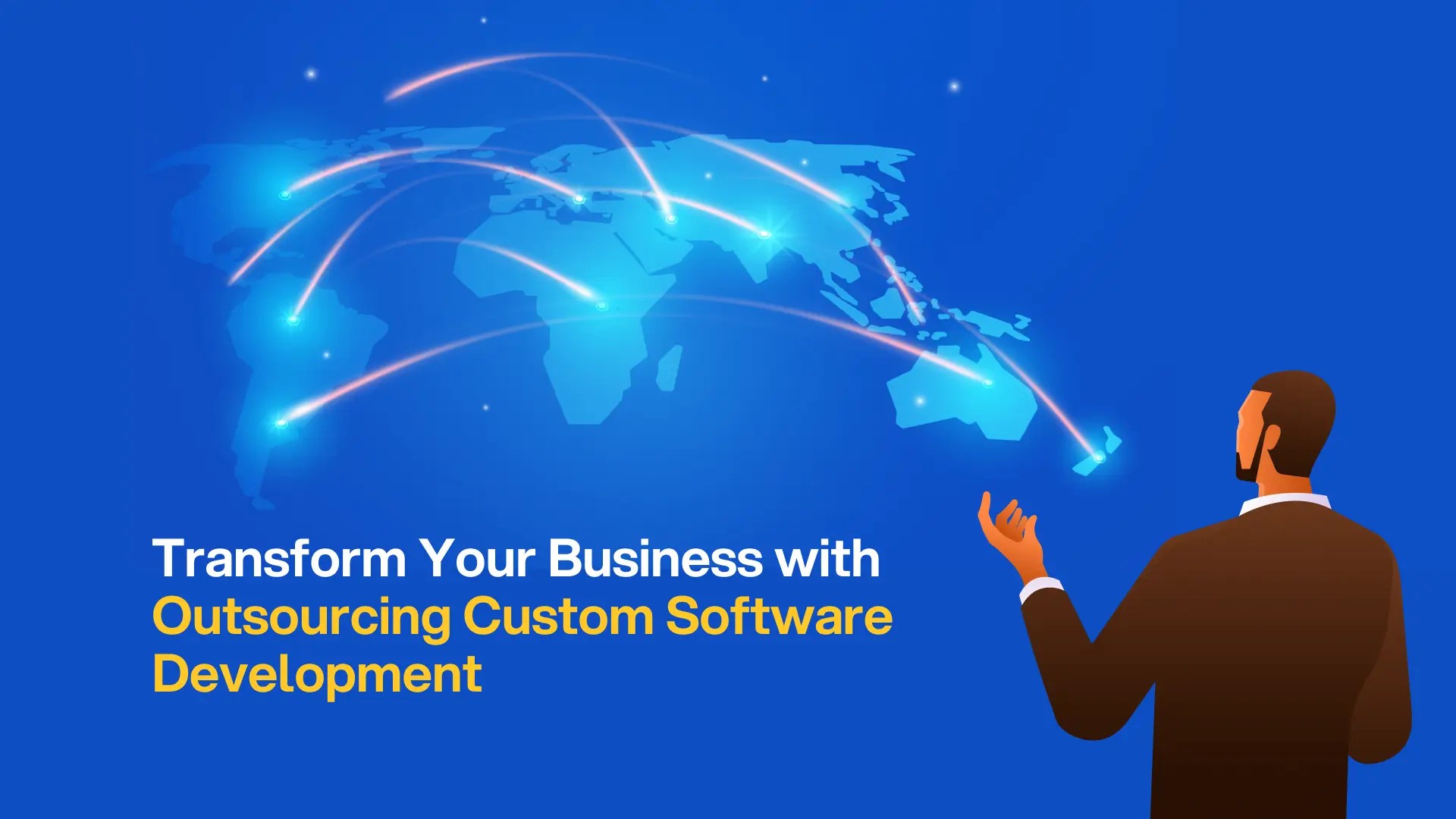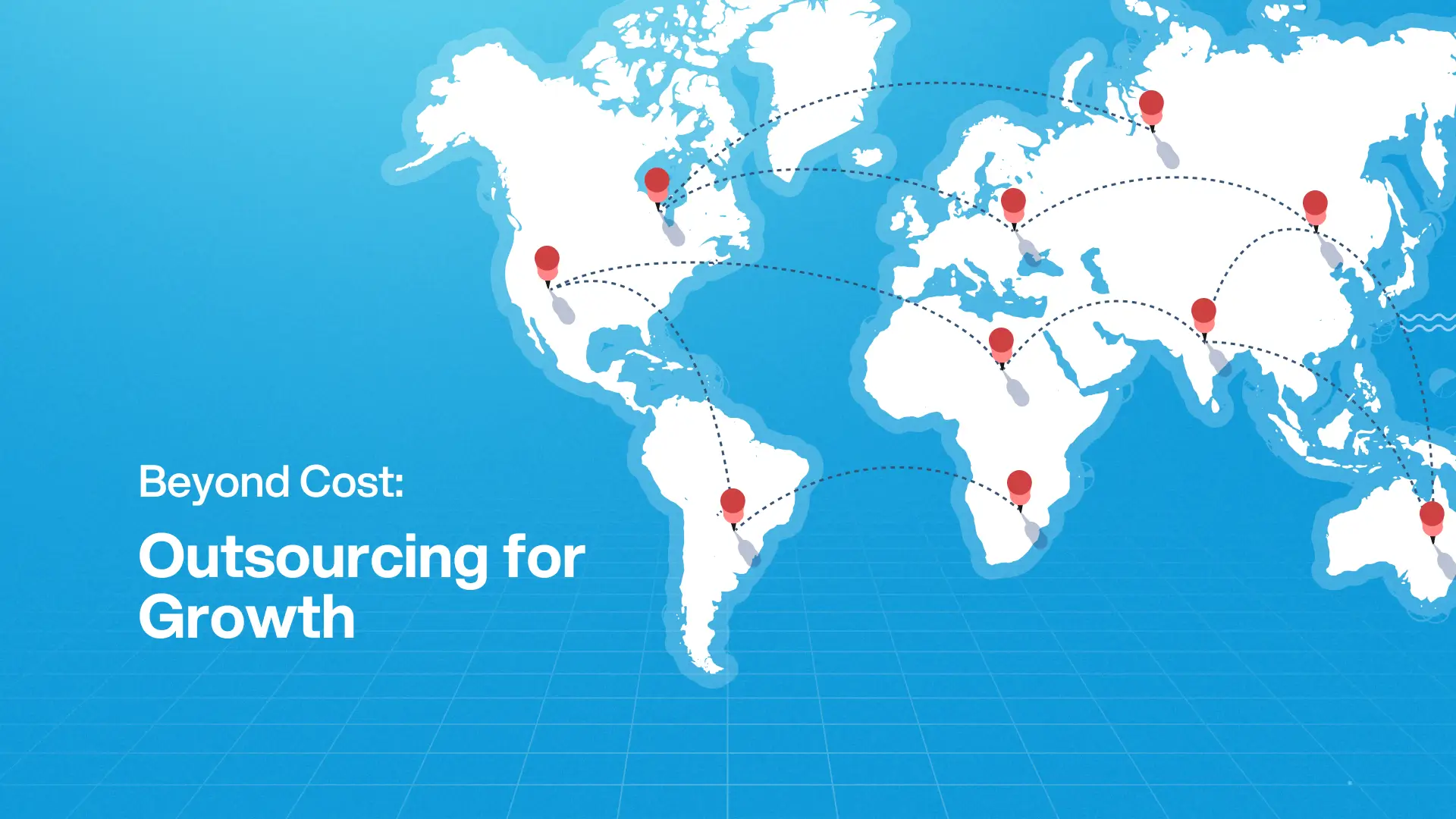Post Activity
 444
444
Table of Content
Share This Post
Table of Content
Generative AI (GenAI) is a serious infrastructure layer for forward-thinking tech companies leveraging artificial intelligence to drive measurable outcomes. Multimodal models have evolved to solve complex challenges through contextual understanding.
Now AI-augmented solutions can read a customer’s message, interpret an image they sent, analyze their tone of voice, and respond instantly with context. For digital product teams and large-scale operations, this is a game-changer. Below, we explore the multimodal generative AI trends that are reshaping business functions, enhancing user experience, and enabling new operational efficiencies.
What Multimodal AI Means Today
While most teams have worked with text-based large language models (LLMs) like GPT or Claude, newer architectures now handle layered inputs natively. Multimodal AI models are trained to process vast amounts of data across different formats and reason across them in a unified way. This turns complex business applications into accessible business opportunities. For instance, LLaVA (Large Language and Vision Assistant) enables open-source experimentation with visual and textual input.
Why This Matters for Tech Companies
Multimodal GenAI helps companies:
- Build richer UX across voice, camera, or text
- Deploy cross-modal analytics for deeper insights
- Reduce complexity by consolidating siloed tools
These result in the following benefits:
- Unified systems improve performance and reduce maintenance
- Developers focus on logic, not tool integration
- Faster prototyping and user testing cycles
3 Ways Generative AI Trends Are Reshaping Business Functions
Customer Experience and Personalization
Personalized experiences have always been data-driven.
Multimodal generative AI introduces a higher order of personalization by understanding the user’s intent, emotion, and content format preferences in real time. This makes the customer experience context-aware, adaptive to consumer demand, and multimodal input.
Here are the benefits for companies:
- Shorter resolution times
- Higher CSAT (Customer Satisfaction) scores
- Reduced need for human intervention
This reflects mostly in e-commerce and customer support solutions. For example:
- E-commerce: AI analyzes user-uploaded images, speech inputs, and browsing behavior to suggest products.
- Support: Tools like Intercom use screenshot and language recognition to classify support tickets automatically.
Operational and Product Cycles Efficiency
Multimodal GenAI empowers creative and technical teams to move faster and smarter.
Here is how the teams benefit:
- Design:
- Figma’s AI creates UI drafts from simple prompts
- Builder.io and Uizard allow UI changes via natural language
- Marketing:
- Adobe Firefly blends text, brand assets, and visuals into campaign-ready banners and videos
- Salesforce AI Studio offers sentiment-based iteration tools
Additionally, it is great for team collaboration. Cross-functional teams benefit massively from using generative AI tools. For example, a product manager might leave a voice note and a sketch, which the AI translates into wireframes and documentation. Designers and marketers can review asynchronously, refine, and publish, all with minimal handoff delays.
Thinking of Outsourcing?
Access a wide range of outsourcing companies and find your best fit.
Real-Time Engagement and Conversational AI
Generative AI systems have dynamic, multimodal engagement layers. This transformative technology ensures voice, video, and image-aware chat agents as a part of live support, sales calls, and diagnostics.
The following are a few of the benefits:
- Live Sales Enablement Tools:
- Zoom IQ and Salesforce Einstein Copilot suggest in-meeting responses
- AI reads vocal tone, facial expressions, and user intent to guide conversations
- Remote Diagnostics:
- Babylon Health uses speech and symptom analysis for AI triage
- SaaS support uses screenshots and voice inputs for error resolution without escalation
- Competitive Edge:
- GenAI offers natural human interfaces (voice, image, document input) and creates deeper customer engagement at scale.
Why Tech Leaders Are Leaning In
Forward-thinking CTOs and CEOs aren’t chasing hype. They’re investing in strategic infrastructure powered by generative AI to solve real business problems.
Here’s why forward-thinking business leaders are doubling down:
GenAI is being embedded into the DNA of agile and future-ready businesses with its real-time adaptability, executive-level clarity, and scalable intelligence.
Responsible Innovation and Risk Mitigation
As generative AI grows in power and reach, so too do its risks. Also, there are ethical implications that must be addressed early, and that success requires aligning AI strategy with measurable outcomes.
Top Concerns:
- Unintended demographic or personal data leakage
- Amplified bias through combined modalities
- Compliance with evolving legal frameworks (e.g., EU AI Act)
Partner Evaluation
When choosing an integration partner, it is important to focus on architectural fit, scalability, and ecosystem maturity. 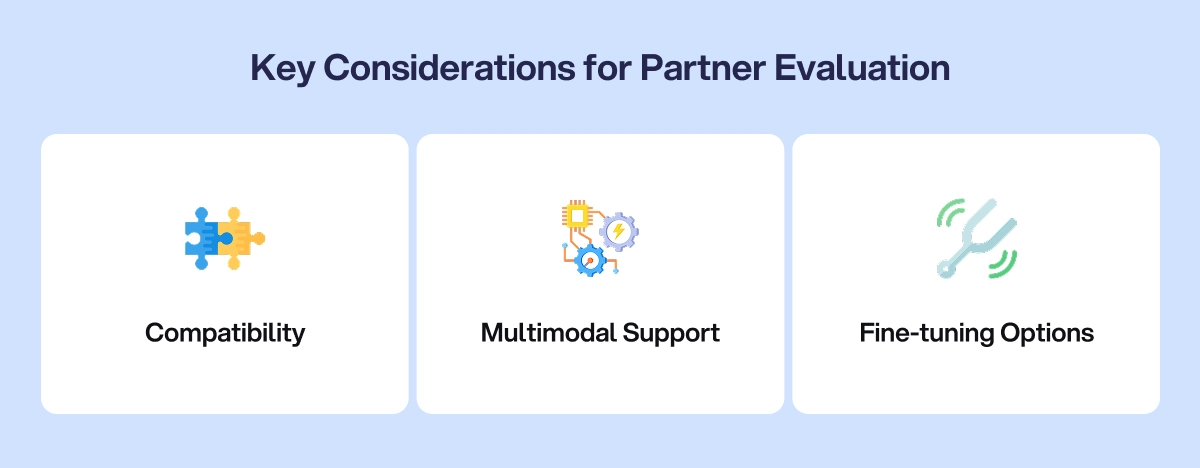
When evaluating multimodal AI platforms, companies should prioritize the following to mitigate adoption challenges:
- Platforms with native multimodal APIs. This allows seamless integration with voice, image, and text inputs in a unified development environment.
- Fine-tuning by modality is also key. Teams should be able to customize models for text-heavy workflows, image-driven UI systems, or voice-dominant customer channels without retraining from scratch to streamline routine tasks.
- Compatibility with your existing data stack, cloud infrastructure, and privacy framework can make or break long-term adoption.
- Platforms that offer flexible deployment (on-prem, hybrid, or cloud), granular access controls, and integrations with major data tools like Snowflake, Databricks, or AWS S3.
A well-integrated and resilient ecosystem ensures you can plug multimodal intelligence into your business without adding technical debt.
Final Thoughts
Success with generative AI models hinges on intentional planning and seamless integration across business systems. The companies leading today’s generative AI trends are not treating multimodal GenAI as an isolated tool, but as a foundational layer embedded across the enterprise.
Organizations are focused on aligning GenAI capabilities with their core business objectives. This approach demands strong model governance, adaptable architecture, and a clear strategy for long-term scalability. As technologies like edge inference and domain-specific agents mature, competitive advantage will depend less on experimentation and more on execution. The companies leveraging generative AI for speed, accuracy, and contextual intelligence are setting the new standard for innovation and growth.
Ready to Build Your Team?
Let’s create together, innovate together, and achieve excellence together. Your vision, our team – the perfect match awaits.

